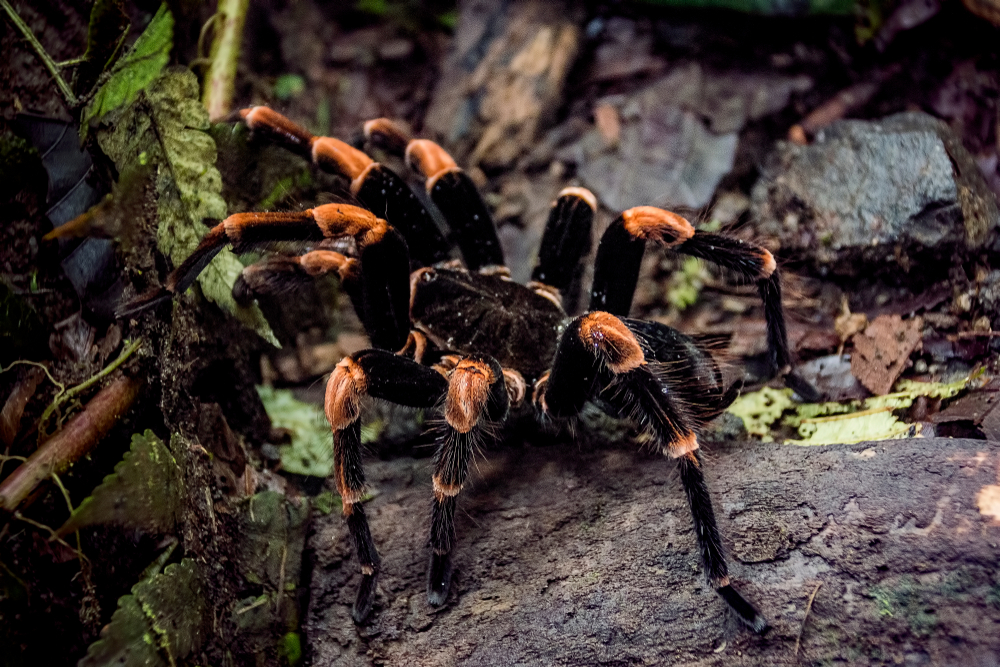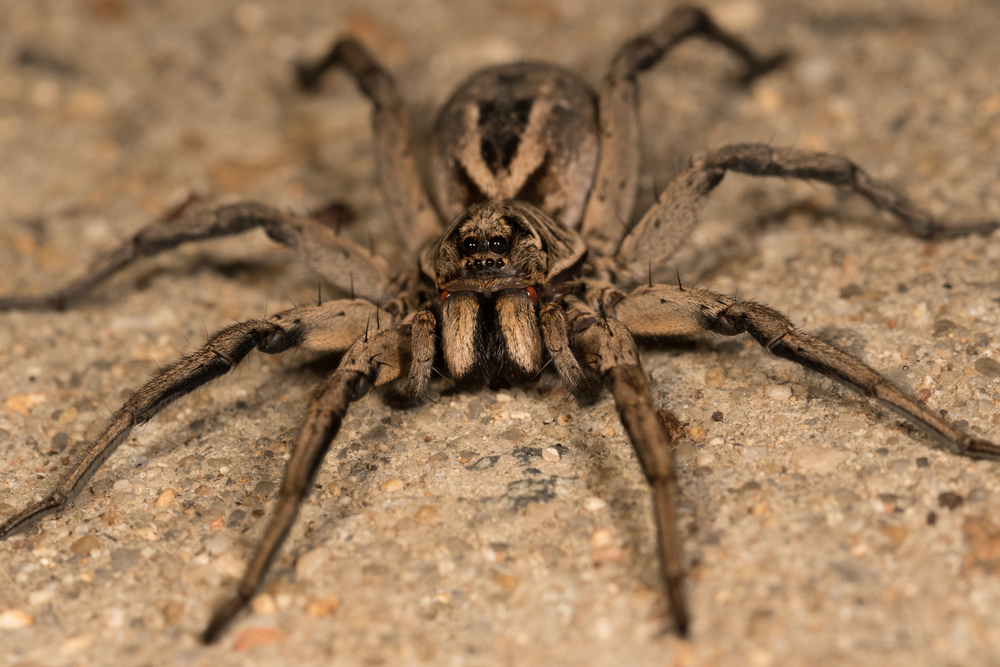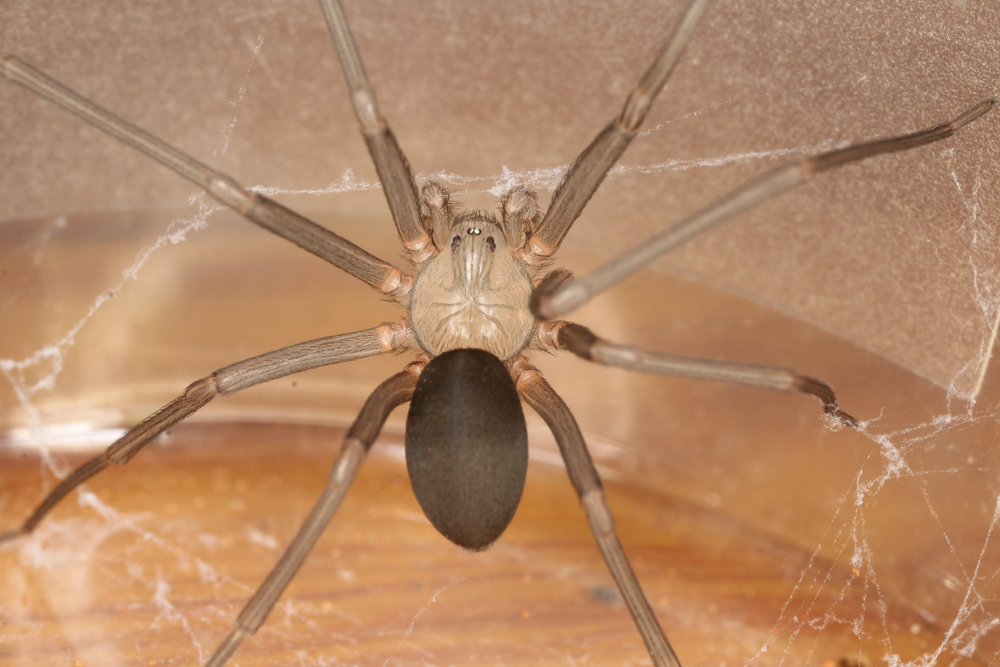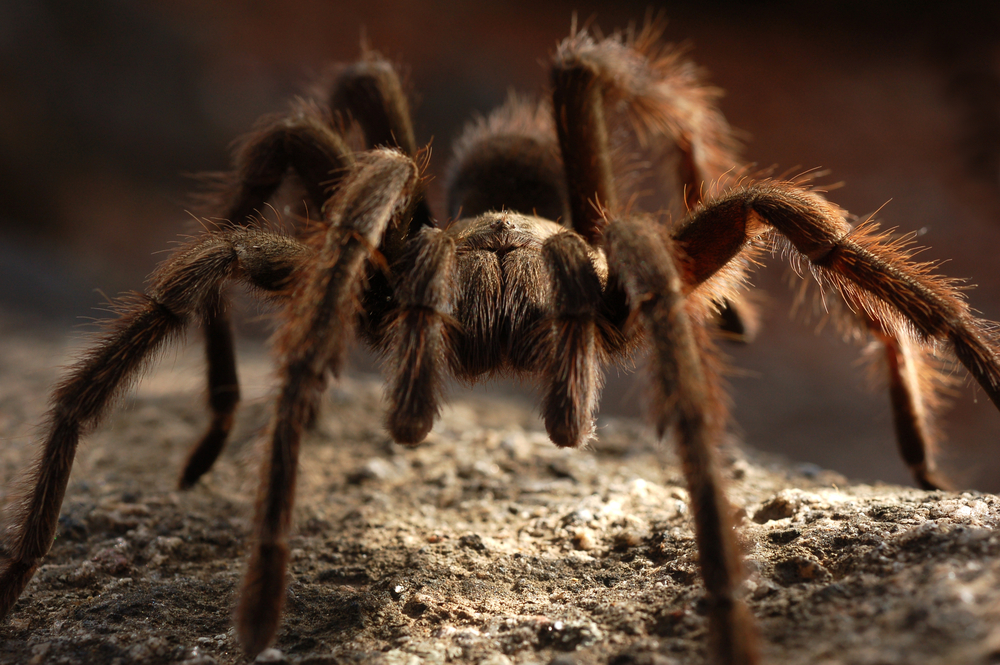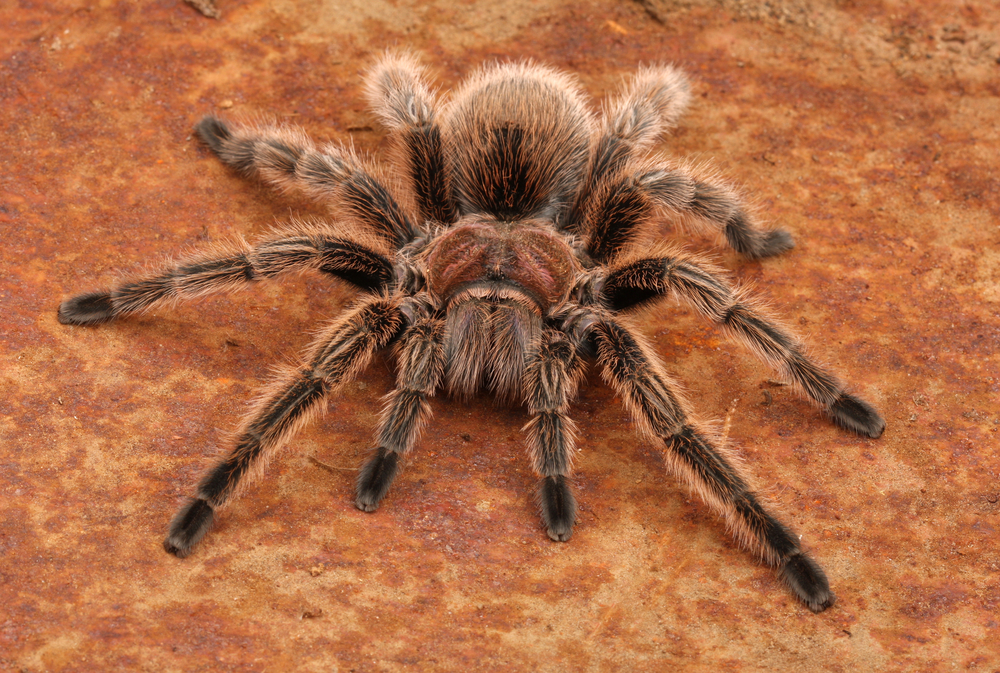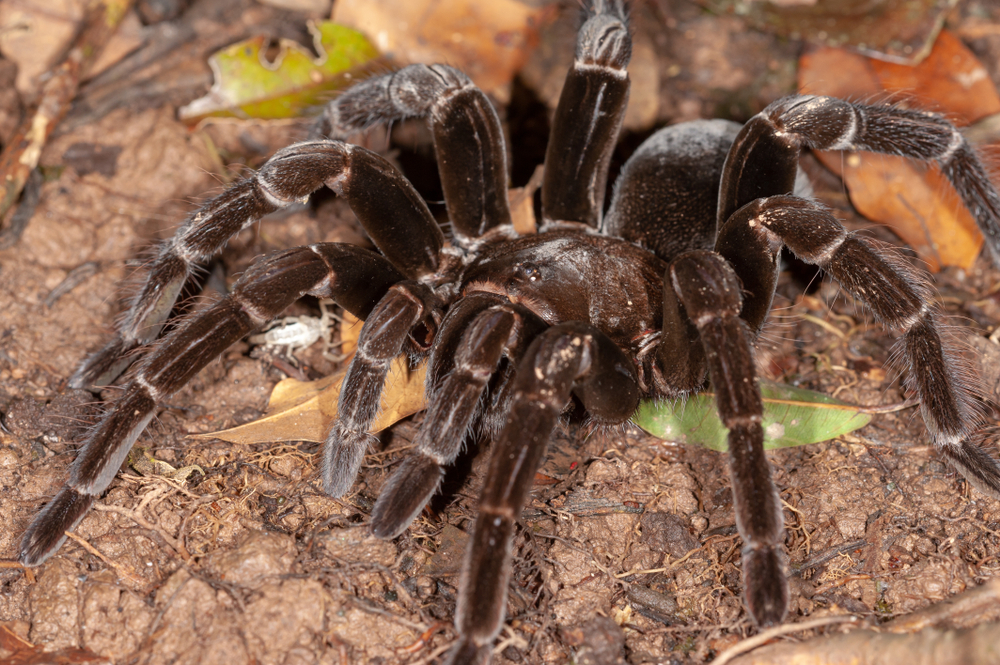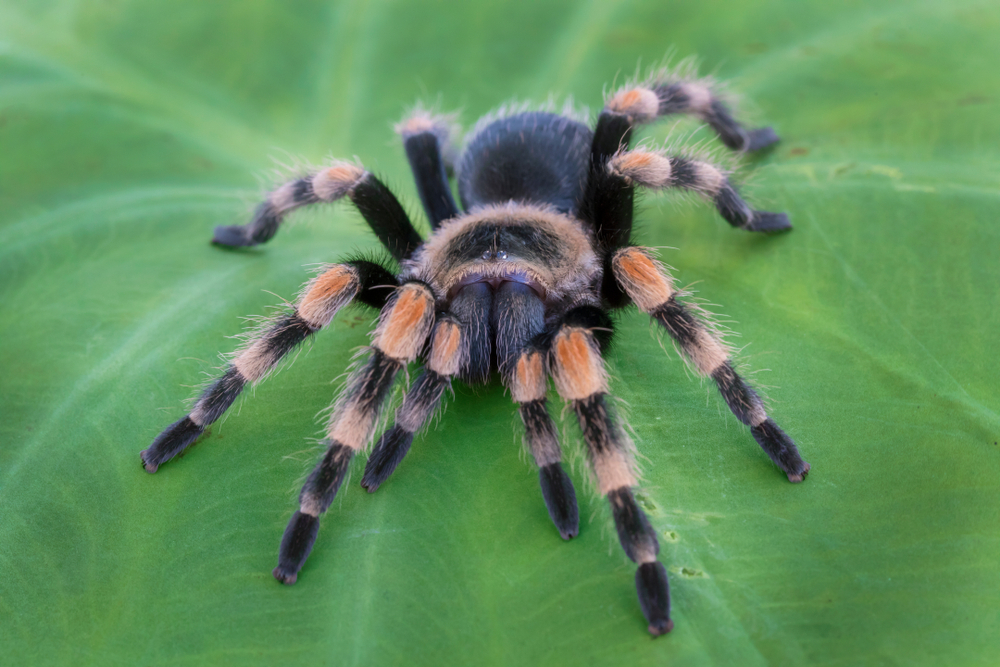Reproduction
The reproductive cycle of tarantulas, characterized by their large size and hairy bodies, involves several key stages:
Maturity and Courtship: Tarantulas reach sexual maturity at different ages depending on the species and environmental conditions. Once mature, males embark on a quest to find a mate. During courtship, male tarantulas perform elaborate rituals to attract females, which may involve tapping, drumming, and vibrating their abdomens.
Mate Location and Communication: Male tarantulas use pheromones to locate receptive females, often following scent trails to find potential mates. Upon encountering a female, the male continues his courtship display, tapping and vibrating to communicate his intentions and assess the female’s receptivity.
Courtship Dance: The courtship dance of tarantulas is a complex and sometimes risky display. The male approaches the female cautiously, using his pedipalps (modified appendages near the mouth) to transfer sperm to specialized structures known as spermathecae in the female’s abdomen.
Copulation: If the female accepts the male’s advances, copulation occurs. The male carefully maneuvers into position to transfer his sperm, being mindful of the female’s potentially aggressive behavior. Copulation can last for several hours, during which time the male must remain vigilant to avoid becoming a meal for the female.
Egg Production and Egg Sac Construction: After mating, the female tarantula begins producing eggs, which she fertilizes using the stored sperm from the male. Once the eggs are fertilized, the female constructs a silk egg sac, where she deposits the eggs for protection and incubation.
Incubation Period: The eggs incubate within the silk egg sac, which the female guards vigilantly. The duration of the incubation period varies depending on factors such as temperature and humidity, but typically ranges from several weeks to several months.
Hatching and Offspring Care: When the eggs are ready to hatch, the female carefully tears open the egg sac to release the spiderlings. Newly hatched tarantulas are miniature versions of adults and must fend for themselves from birth. The mother may provide some initial protection and guidance, but spiderlings quickly disperse to begin their independent lives.
Dispersal and Growth: As spiderlings grow, they undergo a series of molts, shedding their exoskeletons to accommodate their increasing size. Tarantulas may take several years to reach full maturity, with males generally maturing faster than females. Once mature, tarantulas may live for several more years, depending on the species and environmental conditions.
Understanding the reproductive cycle of tarantulas is crucial for their conservation and management, as it provides insights into population dynamics, breeding success, and the factors influencing their reproductive success in various habitats. Conservation efforts aimed at protecting tarantula habitats, minimizing habitat destruction, and mitigating threats such as habitat loss and climate change can help ensure the long-term survival of these fascinating arachnids.



































































